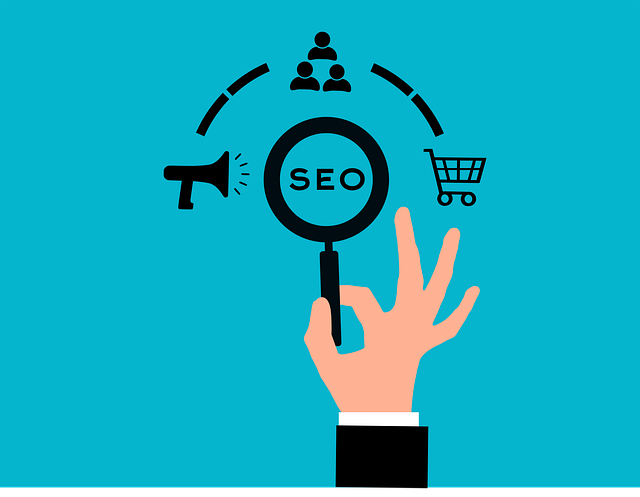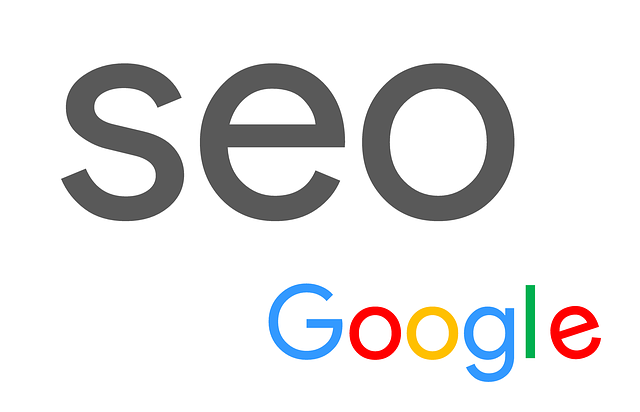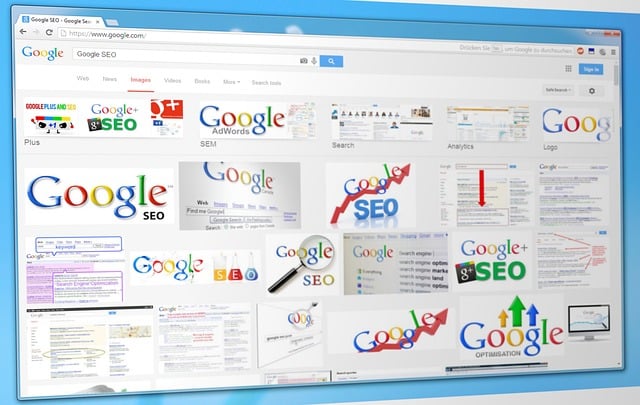SEO Content Optimization: A strategic approach to enhancing webpage rankings by aligning content with user search queries. It involves keyword research, balanced density (1-3%), and integrating keywords into various elements like title tags, meta descriptions, headers, and body text. Effective optimization maintains readability while boosting visibility, click-through rates, and organic traffic. Key techniques include unique headers, image alt text for accessibility & context, and regular content updates based on analytics to adapt to user preferences & search engine algorithms.
On-Page Keyword Training is an essential aspect of modern digital marketing, especially with search engines’ relentless pursuit of relevant and high-quality content. This article delves into the intricacies of on-page SEO optimization, providing a comprehensive guide for content creators and marketers. We explore strategies such as understanding keyword placement, leveraging meta tags, and integrating keywords seamlessly while maintaining readability. By mastering these techniques, you’ll enhance your website’s visibility and improve its overall SEO content optimization.
Understanding On-Page Keyword Optimization

On-Page Keyword Optimization is a fundamental aspect of SEO Content Optimization, focusing on enhancing a webpage’s content and structure to improve search engine rankings. It involves strategically incorporating relevant keywords throughout your text, ensuring they are used in context and naturally woven into the overall content. This technique aims to align your website’s content with user search queries, making it more appealing to search engines like Google.
Effective on-page optimization includes optimizing title tags, meta descriptions, header tags (H1, H2, etc.), and body text. Keywords should appear in these elements as they provide crucial signals to search algorithms about the topic of your page. Additionally, ensuring a good keyword density (the percentage of times a keyword appears in relation to the total word count) is essential, usually maintaining a balance between 1-3% for target keywords.
The Role of SEO in Content Creation

In the realm of digital marketing, Search Engine Optimization (SEO) plays a pivotal role in content creation, serving as the cornerstone for any successful online strategy. It involves a strategic approach to crafting and structuring content that resonates with both users and search engines. When creating SEO-optimized content, understanding keywords and their context is key. By incorporating relevant keywords naturally throughout your text, you enhance the likelihood of ranking higher on search engine results pages (SERPs). This process, known as SEO Content Optimization, ensures your content not only attracts the right audience but also establishes credibility and authority in your niche.
Content creators should view SEO as an integral part of their writing process, enabling them to connect with their target audience effectively. It encourages a focus on quality, relevance, and user experience, which are all essential factors that search engines consider when indexing websites. By aligning content creation with SEO best practices, businesses can ensure their messages reach the right people, ultimately driving engagement, traffic, and conversions.
Strategies for Effective Keyword Integration

When integrating keywords for effective on-page SEO Content Optimization, a strategic approach is key. Start by conducting thorough keyword research to identify terms relevant to your target audience and industry. Incorporate these keywords naturally into your content, focusing on both the main topic and related subtopics. This ensures a balanced and engaging read while enhancing search engine comprehension of your page’s focus.
Utilize keyword optimization techniques such as heading tags (H1, H2, etc.), meta descriptions, and image alt text to boost visibility. Vary your keyword phrasing to avoid repetition and maintain readability. Additionally, consider using long-tail keywords for more specific search queries, which can drive targeted traffic and improve conversion rates. Regularly update and monitor your content’s performance to adapt to evolving user preferences and search engine algorithms.
Optimizing Title Tags and Meta Descriptions

Optimizing title tags and meta descriptions is a crucial aspect of on-page keyword training, as they significantly impact how search engines perceive your content. A well-crafted title tag should include your primary keyword and provide a concise summary of the page’s content. This acts as a clickable link in search results, attracting users and signaling to search engines what the page is about. On the other hand, meta descriptions offer a brief overview that appears below the title tag, enticing users to click while also aiding search engines in understanding the context.
Effective SEO content optimization involves balancing keyword usage within these elements without appearing spammy. While it’s important to include relevant keywords, overoptimizing can lead to penalties from search engines. Instead, focus on creating engaging and informative tags and descriptions that not only include your target keywords but also resonate with your audience, ultimately driving more organic traffic to your website.
Enhancing Header Tags for SEO

Optimizing header tags is a crucial aspect of on-page keyword training for SEO content. These tags, denoted by H1 through H6, provide structure and context to your web page, helping search engines understand the main topics and subtopics discussed. Using relevant keywords in your headers not only enhances readability but also signals to search algorithms that your content is highly relevant to specific user queries. Best practices include keeping H1 unique and descriptive, using keywords naturally within headers, and maintaining a hierarchical structure where larger topic headers (H1, H2) are followed by more specific subheaders (H3, H4).
Effective header optimization also involves ensuring that each header provides valuable information in a concise manner. Avoid repetitive or overly generic language, and aim for clarity and specificity. By integrating your target keywords strategically within these tags, you can significantly improve the search engine visibility of your content, making it more likely to rank higher and attract organic traffic.
Using Keywords in Image Alt Text

In the realm of SEO Content Optimization, image alt text plays a pivotal role in enhancing accessibility and search engine visibility. When optimizing on-page keywords, it’s crucial to incorporate relevant terms into this textual alternative. The primary function of alt text is to describe an image’s content for users who are visually impaired or have disabled images in their browsers. However, search engines also crawl and index this text, making it a valuable opportunity to boost keyword density.
By using keywords naturally within the alt attributes, you provide additional context to search algorithms, reinforcing the theme of your webpage. It’s essential to keep the description concise yet descriptive, ensuring it reads well for both users and search engine crawlers. This strategy contributes to better indexing, potentially improving a webpage’s ranking in relevant searches.
Measuring and Analyzing On-Page SEO Success

Measuring on-page SEO success is an integral part of any digital marketing strategy, allowing content creators and SEO specialists to understand the impact of their efforts. By employing various analytics tools, marketers can delve into key metrics that highlight the effectiveness of SEO content optimization. One crucial metric is organic traffic growth, which indicates the increase in visitors attracted to a website through search engine results. A rise in this metric suggests successful keyword implementation and improved search rankings.
Additionally, tracking bounce rate offers valuable insights. A lower bounce rate implies that visitors are engaging with the content, spending more time on the page, and interacting with it. This behavior indicates that the on-page SEO strategies have enhanced user experience, making the content relevant and valuable to the target audience. Analyzing these factors provides a comprehensive view of a website’s SEO performance, guiding future optimizations for continued success in search engine rankings.
